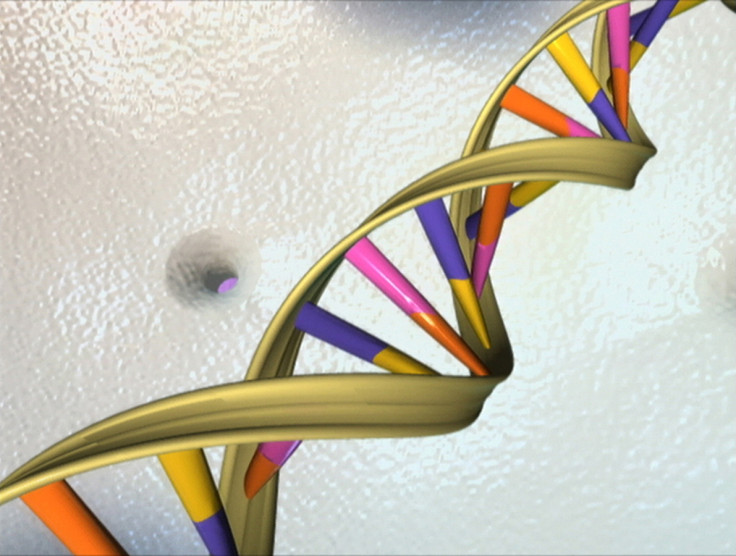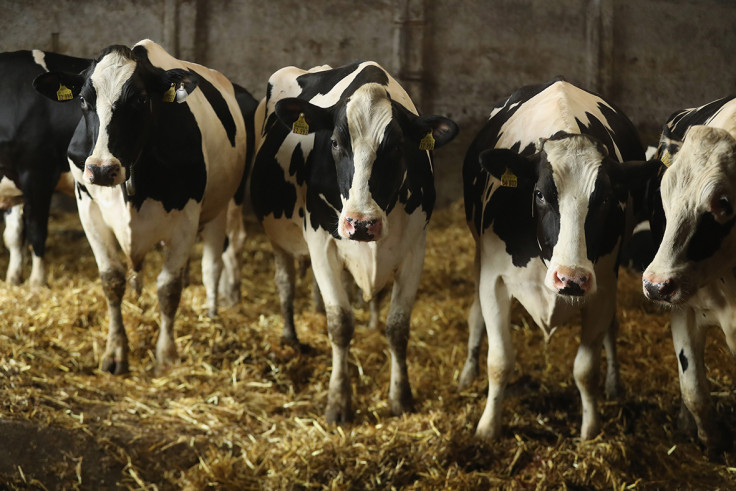Synthetic biology is the biggest technological revolution we will ever see
An example of synthetic biology is making 'real' milk without rearing cows.

Beneath all the fancy talk, economic growth comes down to something quite simple: turning low-value commodities into high-value items. An item is high value typically because it is scarce and people want it. That is how economies have worked for millennia.
The first crack came with the digital economy. Digital copies are flawless and pretty much cost-neutral. Suddenly stuff wasn't as scarce. But that was only ephemeral, digital stuff. Real stuff is still bound by the same rules that 18th-century economist Adam Smith understood.
But a fast emerging branch of science, synthetic biology, could bring Smith's reign to an end. Want more "stuff"? Just grow it.
At its heart synthetic biology takes micro-organisms, like yeasts or bacteria, modifies their DNA, and uses them as microscopic factories, converting raw materials into finished products.
It sounds like science fiction, except for the fact that it is real and happening today.
Bill Liao is a partner at SOSventures the backers of Indie.Bio the world's first accelerator devoted to start-ups using biology to solve fundamental human problems. Based in Cork, a city whose university has built up a global expertise in the area, Liao says one of the companies he has worked with is targeting the global dairy industry, which produces 735 billion litres of milk, enough to fill Lake Windermere more than twice over.
Putting an end to the 'ugly lives of industrialised cows'
"Most of the world's milk does not come from happy, fat, grass-fed Irish cows, it comes from miserable creatures," he says. "They are fed on antibiotics and growth hormones. It is an ugly life for an industrialised cow."
One of Indie.Bio's companies, Muufri (pronounced Moo-Free), tackles the problem by artificially producing real milk.
"Muufri have engineered yeast to produce milk proteins," he explains. "It brews them in a vat, like you brew beer, using yeast. What you get out instead of alcohol is caseins, which are milk proteins. Mix that with the other constituents which are a few minerals, oils, fats and some galactose instead of lactose — most people cannot digest lactose — and you have milk without lactose or cholesterol, that tastes like milk. It doesn't need to be heat treated and no cow suffered in its production.
"No part of the milk that you consume is genetically modified. The only genetic modification is in the yeast which is filtered out." It isn't, he stresses, a milk substitute. "This is milk."
Muufri is expected to go commercial by 2017.

Another start-up, Benthic labs, investigated modifying the bacterium e coli to produce a new polymer using filaments normally produced by the Hagfish as a defence mechanism when attacked. It ejaculates a dense cloud of, for lack of a better word, slime made up of tiny filaments of keratin, which, on a weight basis, are five times stronger than steel.
Genome sequencing has become 12 million times cheaper in a decade
What has driven synthetic biology is the huge leaps in the understanding of DNA since Watson, Crick and Franklin first unlocked the structure of the double helix in the 1950s. According to Liao, "The cost of sequencing a genome has become 12 million times cheaper in the last 10 years."
Furthermore, in much the same way that today's digital start-ups have been built on the foundation of widely-available free tools and cloud computing (nobody needs to own their own web servers to start a company), so too with synthetic biology. Fully-automatic connected robotic laboratories, open-source biological data and low-cost machines for synthesising DNA from its bases have all had a dramatic impact on democratising biology.
Nor is this just the pipe-dream of enthusiasts. Alongside investors like Bill Liao, bankers are starting to take notice. Nooman Haque is the director of healthcare and life sciences with Silicon Valley Bank's UK Branch. He is cautiously bullish on the sector's prospects, although less persuaded by its revolutionary appeals.
According to Haque, while the more blue-sky appeals of synthetic biology remain exactly that, it is the more mundane, practical applications, are where it will have its initial biggest impact.
"The reproducibility rates in biological sciences and medical sciences is quite shocking. If you think about it it is not that surprising. The techniques have not really changed for 200 years."
Instead, using robotic laboratories (such as found in Imperial College's Foundry) synthetic biology experiments can be run time and time again, improving reliability and accuracy.
"You can code the protocol into a computer language and in the lab there are connected machines. It is guaranteed to run exactly the same time each and every time."
Haque predicts that pharmaceuticals, drug development and related areas will probably account for about a third of all synthetic biology going forward.
The Holy Grail
One major focus for this technology is energy. "I would say after the pharmaceuticals and chemical sectors – we are seeing more interest in biofuels. Some people talk about it being the Holy Grail," he says.
It isn't hard to see why. Disrupt the global oil market and, at a stroke, you disrupt geo-politics. Unfortunately, according to Liao, it has proved a tough nut to crack on an industrial scale. According to Liao, one area of promise is rather than using bio-reactors to produce thousands of litres of fuel, could it be done locally? "What if you could make a mix of bacteria that you could pull into a 44-gallon drum filled with food waste and water, and over a couple of days you get two or three litres of diesel," he explains. "That does not sound like a lot but in the developing world two or three litres of diesel is enough to plow a field, or run a generator for quite a long time." The jury is still out.
However, that hasn't stopped such technology from catching the eye of the military. Earlier this year the UK Defence Science and Technology Laboratory announced an £18 million investment to use synthetic biology to produce novel materials for armour, or help identify a new approach to existing materials at a reduced cost. Already it has looked at improved boron carbide armour and catalysts for fuel cells.
Liao remains confidently bullish about the future potential. "More money is going to be made, and far more gains made, from synthetic biology than from the entire computer industry."
Ben Rooney is the former technology editor of The Wall Street Journal in Europe.
© Copyright IBTimes 2025. All rights reserved.






















